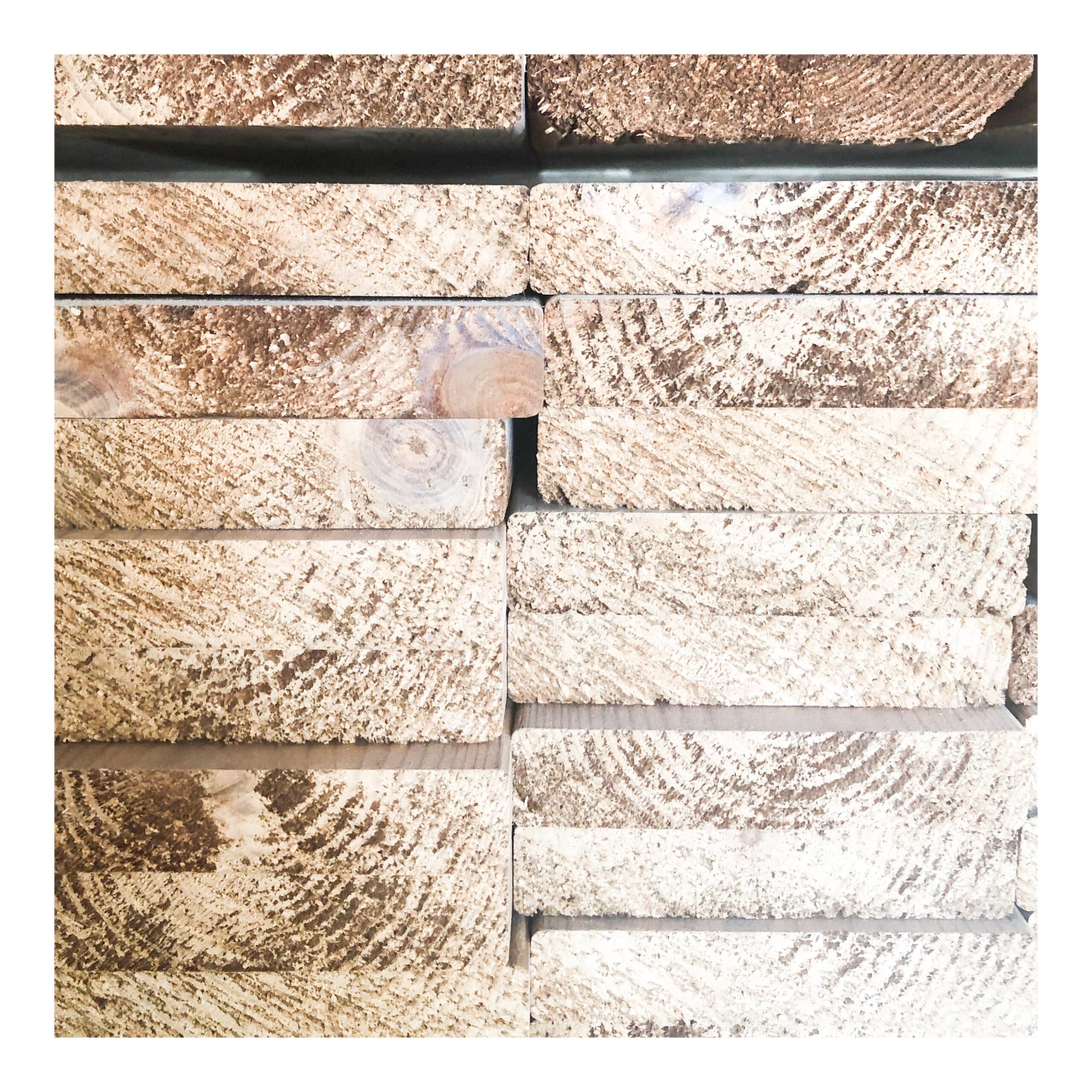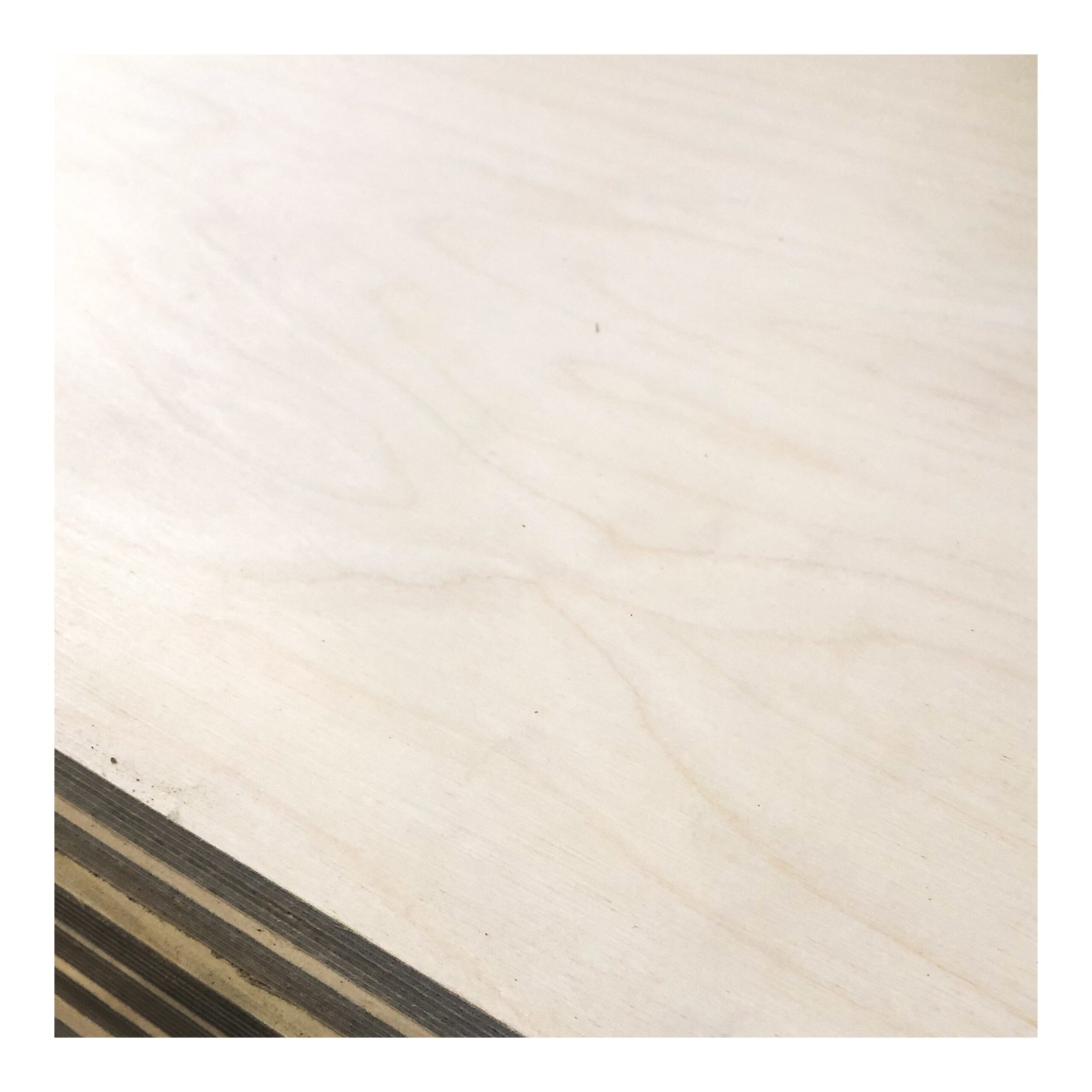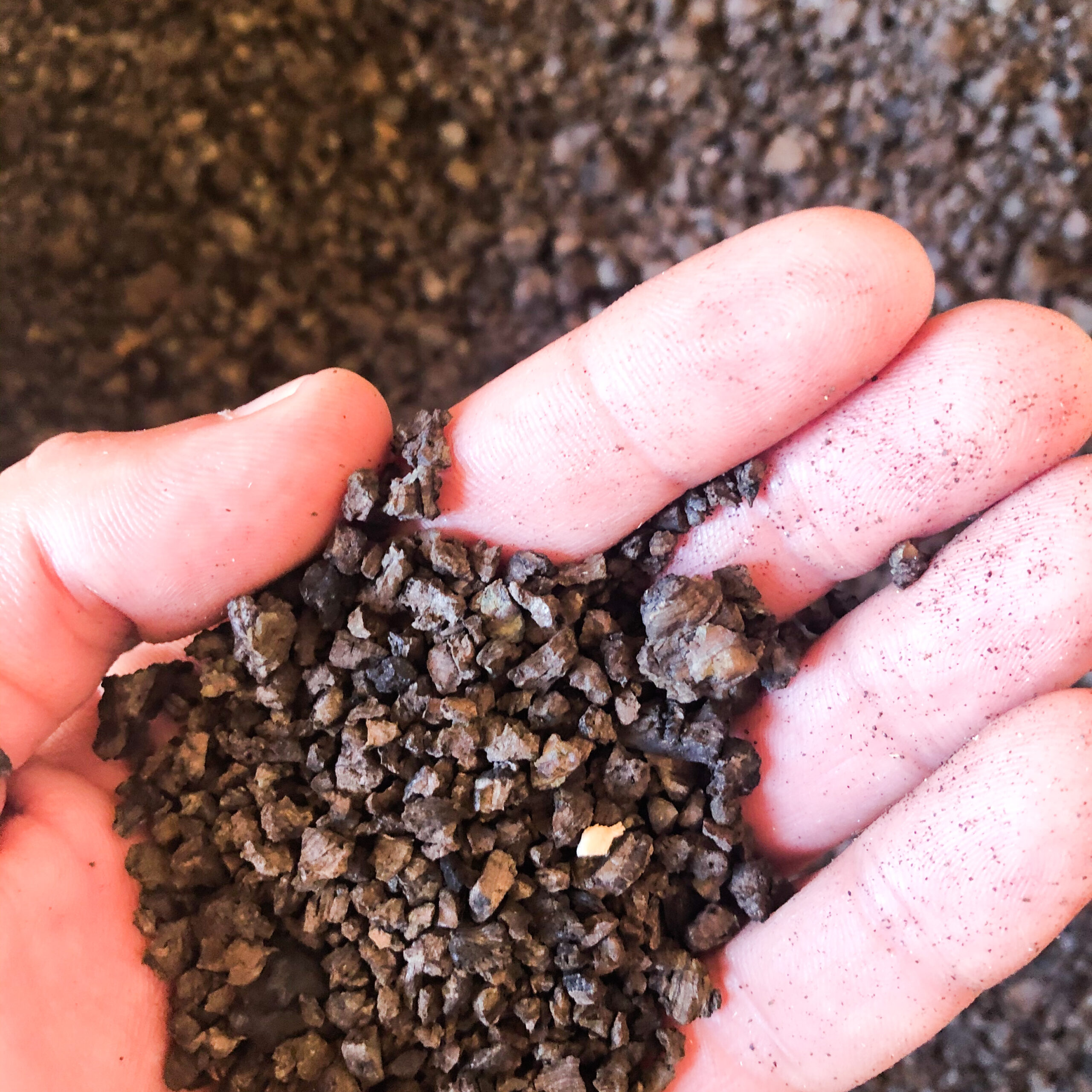The regenerative wood house located in Sesimbra is an example of what we can do, as architects and eco-designers, to regenerate the built environment through resilient and innovative pathways with natural-based solutions, energy efficiency, and systems that could mitigate climate change. A prefabricated construction system that provides circularity of the resources with carbon neutral and “cradle to cradle” principles. It contributes to the sustainable development of the places and the well-being of the communities.
This inspiring small-scale building offers diversified solutions to the climate crisis and for the sustainability of the built environment in its life cycle. It intends to be part of the mindset change in the construction sector allowing better economic, social, and environmental conditions with the main focus on Climate Action (Mitigation and Adaptation) and Natural Resource use.
The structural base of the house consists in the implementation of screws in the ground. The external and internal walls, as well as the roof, are composed of a natural self-supporting construction system that includes wood frame elements, thermal/acoustic insulation with industrial hemp fibers and compacted straw inside, and ecological magnesium oxide plates ready to receive the final covering. Wood, as the main material, has three important purposes: Structural, Aesthetic, and Sustainable. Combined with white natural and ecological paintings in the interior that integrate graphene innovation, both solutions could absorb and store carbon dioxide. The system, as a whole, promotes ecology, a healthy environment, durability, circularity, thermal comfort, energy efficiency, and carbon neutrality.
The innovation of this ecological and resilient construction has a positive impact on materials, energy, waste, biodiversity, and well-being, bringing people closer to a healthier environment in a direct correlation between environmental and economic benefits. To reduce the environmental footprint, the proposed solutions contribute to zero CO2 emissions in the off-site production and the lifecycle of the materials, providing the possibility of disassembly for reuse or recycling (based on the concept of piece-by-piece demolition) and contributing to a circular economy model where resources are part of closed loops and where materials are kept for as long as possible. Even a small percentage of leftovers could be provided to a co-incineration process with the purpose of energy generation based on the concept of “Waste to Energy”.









